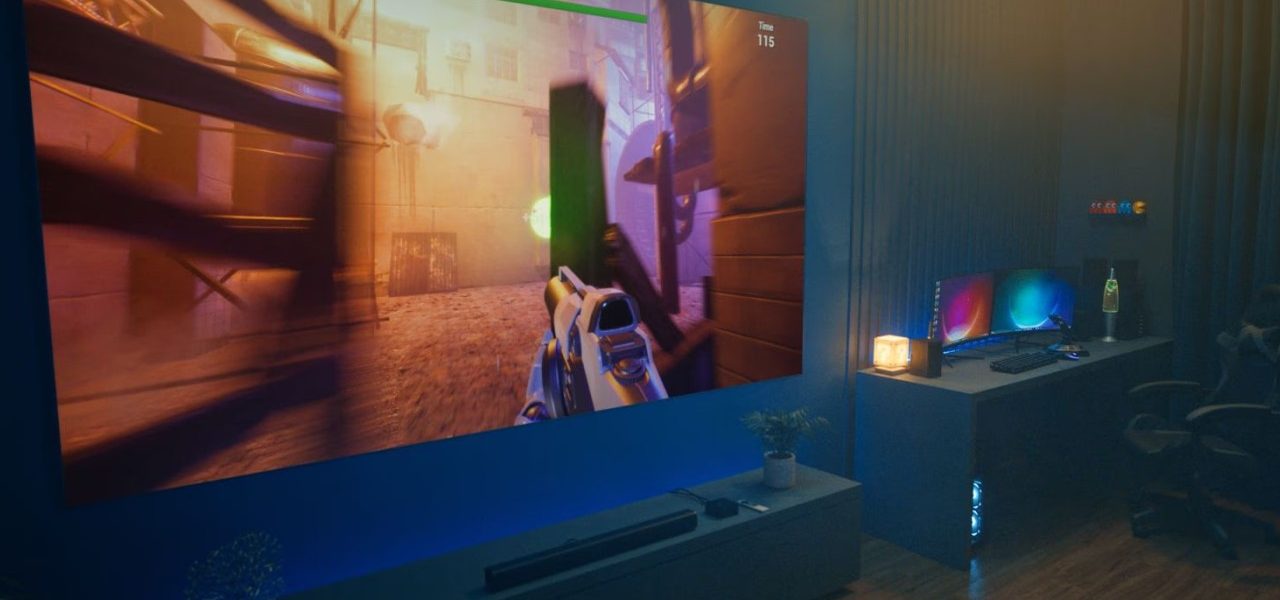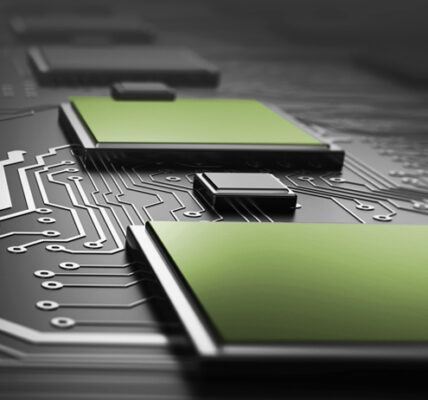Beyond Brightness: The Core Differences and Future of Laser, Triple-Laser, and LED Projector Technology
In the world of projectors, brightness is often the first metric that catches the eye. A higher lumen count promises a more vivid, impactful image, especially in well-lit rooms. But beneath this headline number lies a far more complex and crucial story: the light source itself. The technological heart of a modern projector determines not only its brightness but also its color accuracy, lifespan, long-term stability, and even the nuances of image quality.
This article dives deep into the ultimate showdown of modern light sources: the single-color laser, the cutting-edge triple-laser, and the high-powered LED. We’ll move beyond the marketing jargon to explore the fundamental principles of each technology, comparing their performance across critical metrics like color space coverage, color accuracy, longevity, degradation rate, and cost.
The Inner Workings: How Each Light Source Creates an Image
Before we compare the results, let’s understand the mechanisms. Each technology takes a unique approach to generating the light that illuminates the display chip (DLP, 3LCD, or LCoS).
1. Single-Color Laser Projectors
This technology, often found in high-end home theater and commercial projectors, uses a single blue laser diode as its primary light source. This blue laser shines onto a phosphor wheel, which converts a portion of the blue light into yellow light. The resulting blue and yellow light then passes through a color wheel, which separates it into red, green, and blue components. This process creates the full-color spectrum required for the image.
The single-color laser’s strength lies in its high efficiency and power, allowing it to achieve remarkable brightness levels. However, the reliance on a phosphor wheel and color wheel can introduce limitations in color purity and speed, impacting overall color volume and saturation.
2. Triple-Laser Projectors
This is the pinnacle of current projector light source technology. Instead of using a phosphor wheel and color wheel, a triple-laser system utilizes three distinct lasers—red, green, and blue—to generate light. Each primary color is produced directly by its own dedicated laser diode, and the three beams are combined to form the final white light.
This direct-to-color approach eliminates the need for color conversion and filtering, resulting in unparalleled color purity and brightness. Triple-laser projectors are capable of covering a massive color space, often exceeding the demanding BT.2020 standard, which is crucial for modern HDR content. The result is a richer, more vibrant image with incredible saturation.
3. High-Powered LED Projectors
LED technology is well-established and has been a staple in smaller, more portable projectors for years. It uses three separate LEDs—red, green, and blue—as its light source. The light from these LEDs is combined to create the final image.
LED projectors are known for their instant on/off capabilities, low power consumption, and extremely long lifespans. Unlike laser-based systems, LEDs are solid-state and do not require moving parts like a phosphor wheel, which makes them highly durable and resistant to heat-related failures. While traditionally less bright than laser projectors, advances in LED technology have significantly closed this gap, making them a viable option for many home cinema and gaming projector applications.
The Ultimate Comparison: Performance Metrics That Matter
Now let’s break down the key differences that will directly impact your viewing experience.
Color Space Coverage (BT.2020)
Single-Color Laser: Typically achieves good coverage of the DCI-P3 color space, but struggles to reach the full BT.2020 standard required for premium HDR content.
Triple-Laser: This is where triple-laser technology shines. By generating pure red, green, and blue light directly, it can often cover over 95% or even 100% of the BT.2020 color gamut, providing a color experience that’s closer to reality than any other projector light source. This is a game-changer for high-quality cinema.
LED: LED projectors have a good color space, often reaching or even exceeding the DCI-P3 standard. However, they generally fall short of the wider BT.2020 coverage offered by triple-laser systems.
Longevity and Light Decay
Single-Color Laser: The laser diodes themselves have a very long life, often rated at 20,000+ hours. The light decay is very gradual and linear, meaning you will not see a sudden drop-off in brightness.
Triple-Laser: Similar to single-color laser, these projectors boast impressive lifespans, typically in the range of 20,000 to 30,000 hours. The light decay is minimal over the years, ensuring a consistently bright image.
LED: This is the undisputed winner in terms of longevity. The solid-state nature of LEDs means they are rated for 30,000 hours or more, often outliving the product’s practical usage. Light decay is also extremely slow, with some studies suggesting an almost negligible loss over thousands of hours.
Cost
Single-Color Laser: While less expensive than triple-laser systems, these projectors still occupy the mid-to-high end of the market due to the complexity of the light path and the cost of the laser diodes.
Triple-Laser: This technology is the most expensive of the three, commanding a significant price premium due to the cost of the three individual laser diodes and the precision engineering required. This makes them primarily a high-end luxury option.
LED: Thanks to the widespread use of LED technology, these projectors are generally the most affordable, especially for portable and entry-level 4K projector models.
A Deeper Dive: The Issue of Speckle
For all its advantages, laser technology isn’t without its challenges. One of the most talked-about is laser speckle. This phenomenon appears as a grainy or shimmering pattern in the projected image, which can be particularly noticeable on solid colors.
Speckle is caused by the high coherence of laser light. When laser light reflects off a screen, the microscopic imperfections on the surface cause the light waves to interfere with each other, creating a random pattern of light and dark spots.
Solving speckle is a major engineering challenge. Manufacturers employ several techniques, such as using a moving diffuser or vibrator in the optical path to disrupt the laser’s coherence. These solutions effectively randomize the light waves, smoothing out the speckle effect and resulting in a cleaner, more uniform image. While the issue is much improved in modern projectors, it’s still a detail worth noting for those who are highly sensitive to image artifacts.
The Future of Light: What’s Next?
The evolution of projector light sources shows no signs of slowing down. While triple-laser technology currently offers the ultimate in color and brightness, the cost remains a barrier for many consumers. The future will likely see a push to make these advanced technologies more affordable.
Simultaneously, LED technology continues to improve, with new generations of LEDs offering higher brightness and better efficiency. Hybrid systems, which combine elements of laser and LED, are also emerging, aiming to strike an ideal balance between performance, cost, and longevity.
The choice of light source is no longer just about brightness. It’s about color fidelity, long-term reliability, and a host of other factors that profoundly impact the quality of the image. For enthusiasts and casual viewers alike, understanding these core differences is key to making an informed decision about the heart of their projector.









